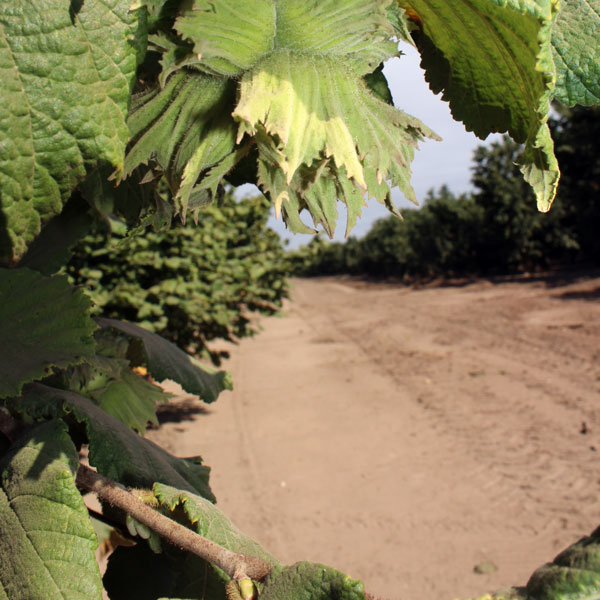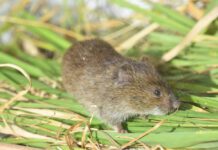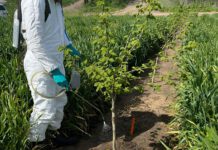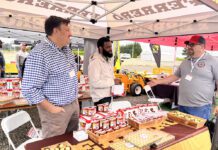As Oregon’s hazelnut industry continues to expand, so does knowledge about the benefits of irrigation for optimum growth of the trees.
Jeff Newton, farm manager at Crimson West/Christensen Farms in McMinnville, said thinking has changed as hazelnut value has increased and growers are looking for earlier harvests and maximized yields.
Historically, a dry farmed crop in the Willamette Valley, hazelnuts are now being produced in a variety of soils and in new locations.
“We used to grow dry land filberts, now we grow irrigated hazelnuts,” said Newton. “It’s a totally different crop.”
Ongoing research at Oregon State University (OSU) is aimed at helping hazelnut growers with irrigation scheduling, soil moisture testing and choices in irrigation delivery systems. While the evapotranspiration rate for almonds has long been known, there is no established rate for hazelnuts—mature or young. That is another piece of helpful information Newton said should be coming soon.
Newton said he has been experimenting with water amounts and scheduling and working with OSU for the past eight years. Irrigating first year hazelnut trees is definitely worth the expense, he said, due to improved growth rates for the trees. In a dry year, he said, irrigation of young trees doubles the number of months for growth.
Initiation of irrigation during the growing season will depend on the water source. His trees are watered from a river source and he places his pumps out in June if there is no threat of them washing away due to high river flows.
Newton has used both micro sprinklers and drip in young orchards and feels drip does a better job of supplying water to the shallower roots. With older trees, the drip won’t be able to keep up with water needs and a second line should be added. Newton said he has found short, more frequent run times works well in one year old trees. This keeps the root zone filled and water isn’t wasted below the root zone.
Newton said he is using a single drip line in young orchards, finding it does a better job of keeping the soil profile filled for the smaller and shallow root zone of one year old trees.
He is also using several different methods to determine tree water needs including pressure bomb and a leaf monitor along with a trunk sap flow monitor.
Points to consider prior to installing an irrigation system include a reliable water source, and understanding that the delivery system may interfere with tillage and harvest.

Cecilia Parsons
Cecilia Parsons has lived in the Central Valley community of Ducor since 1976, covering agriculture for numerous agricultural publications over the years. She has found and nurtured many wonderful and helpful contacts in the ag community, including the UCCE advisors, allowing for news coverage that focuses on the basics of food production.
She is always on the search for new ag topics that can help growers and processors in the San Joaquin Valley improve their bottom line.
In her free time, Cecilia rides her horse, Holly in ranch versatility shows and raises registered Shetland sheep which she exhibits at county and state fairs during the summer.
















